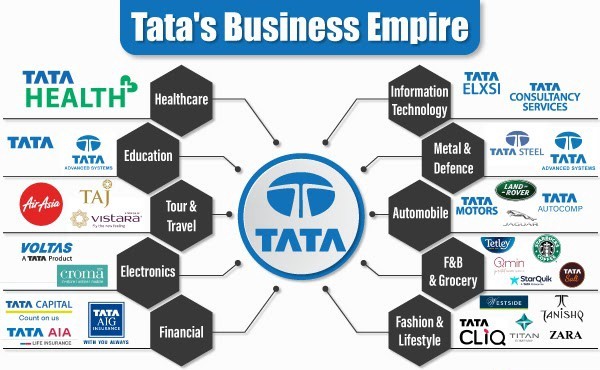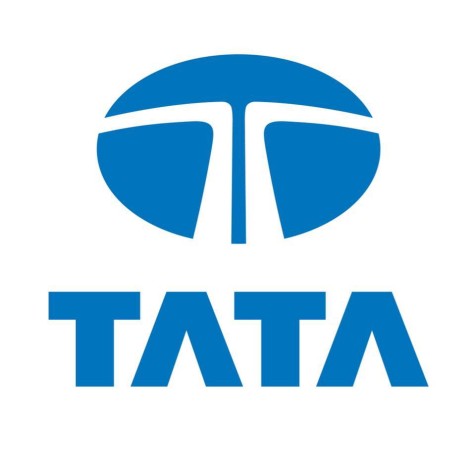Tata is not just a car: The founder of the Tata Group, Jamsetji Tata is referred to as the 'father of Indian industry'
The Tata Group is an Indian multinational conglomerate headquartered in Mumbai. Established in 1868, it is India's largest conglomerate, with products and services in over 150 countries, and operations in 100 countries across six continents.

Tata's role in India can be compared to the functions of Krupp or Thyssen in Germany. Working in different branches from steel to foodstuffs, from hotel management to mobile phones, Tata's turnover is more than multi billion Euros. Tata, which has managed to become one of the world's leading manufacturers of trucks and buses, operates in a wide range of areas from South Korea to Europe and America in the automobile branch.
The foundation of today's giant conglomerate was laid by Jamsetji Tata in 1868. Tata Motor Company was founded in 1945. Automobile business Mr. It was started by Ratan Naval Tata in India. Tata is known more as an automobile brand in the world.
Launched as Tata today, this company was previously a company operating under the name "TELCO". Its explanation is; It was ”Tata Engineering and Locomotive Company”. Later, the company shortened its name and started using only the name Tata. Tata, one of the country's multinational companies, has its corporate headquarters in Mumbai, the capital city of India. Tata moves towards becoming an extremely big brand in the automotive industry. The company, which manufactures passenger cars and commercial vehicles, also manufactures trucks, buses, sports vehicles, construction equipment and military vehicles.
Officially Tata, which was established after World War II, has carried out serious studies on the automotive industry since this date. The company, which has more than 70 years of production experience, draws attention with the fact that it has still managed to survive as of today. Because India is among the poorest countries in the world. This poverty is in question when the per capita income is taken into account. Although the country's economy is larger than many other economies, the per capita income in the country has remained at an extremely low level globally. Despite this, people in the country feel extremely happy and safe. Tata has become one of the biggest locomotives of such a country. Apart from dominating the Indian domestic market, the country has also spread to the foreign market and has achieved very good sales figures thanks to a highly effective policy.
Aims to be a global player in automotive
Ratan Tata, who managed to increase the income of the company, which was founded in 1868 by his grandfather, 12 times from 1991 to 2010, is a complete car enthusiast. Tata took three important steps from 2008 to 2010. The first was the launch of the Nano, which was intended to be a public car in developing countries. Launched with a starting price of $2,900, the Nano is designed to steer the fast-growing Indian middle class away from bicycling and motorcycles. The group thought that Nano would create significant export opportunities, particularly in the US and European markets.
Tata's second important step was the acquisition of two famous luxury brands, Jaguar and Land Rover, for $2.3 billion in 2008. "We lost a lot of time trying to separate Jaguar and Land Rover," said Ratan Tata, who is primarily interested in Land Rover. After the sale was made, the sales of the two brands decreased significantly with the effect of the economic crisis. The third important step Tata took towards becoming a global player was to appoint Karl-Peter Foster, who had been in the management of companies such as BMW and General Motors, to head the company.
The biggest trump card is cheap labor.

India, where an average of 2 cars are sold to a thousand people every year, has a huge potential with its 1.4 billion population. Seeing the potential in the market, foreign automakers are also quick to grab market share, and currently most of the best-selling brands in the country are foreign brands.
Tata's biggest trump card is cheap labor. The use of robots in the production phase is very low. Almost all operations are carried out by workers. In the meantime, although Tata designs are in an effort to westernize, the forms and colors of ten years ago dominate the cars in general. Indians are not picky about design, although this image may have a negative impact on western customers. Their priority is to be able to use the car they bought forever.
Ratan Tata, on his way to becoming the Henry Ford of India, retired in 2012.

